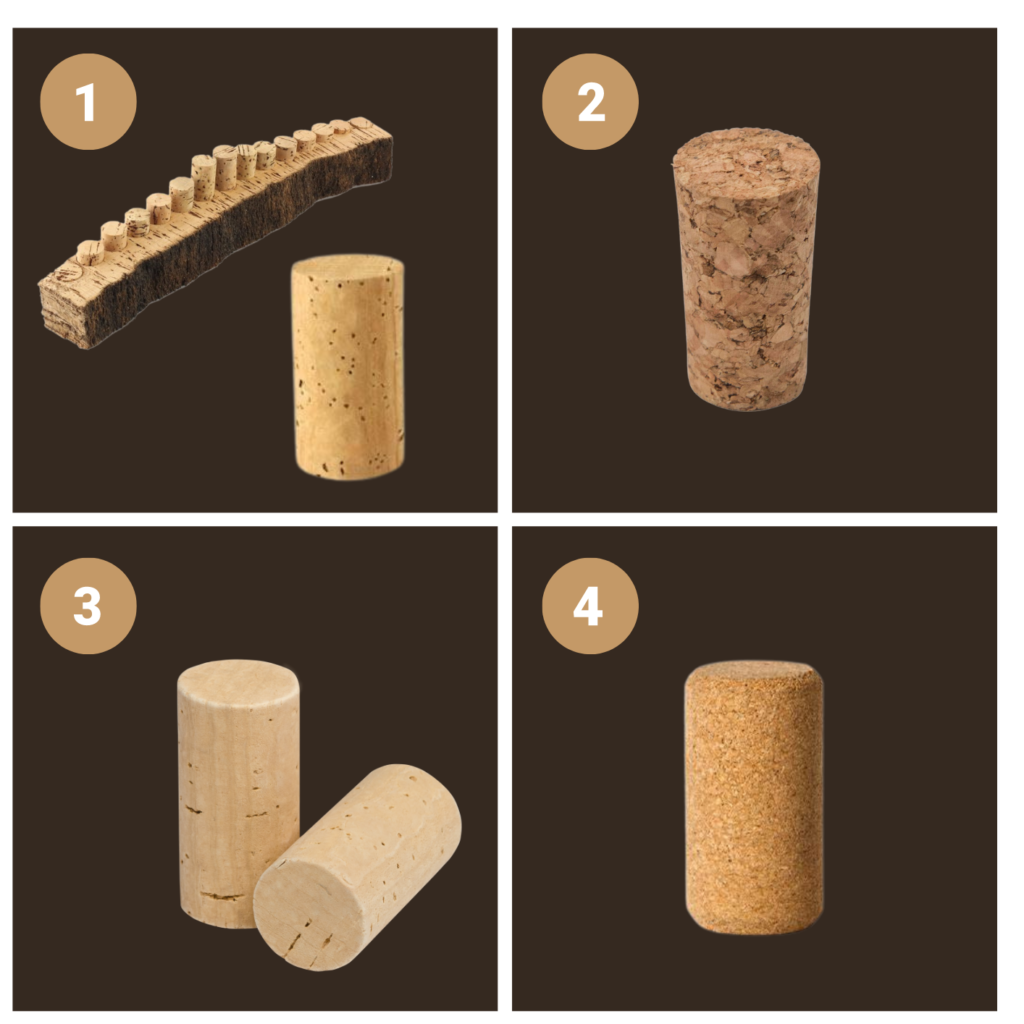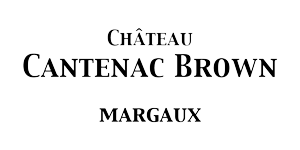The different types of cork stoppers
It is possible to find several types of cork stoppers on the market.
1°: The cork stopper “tubed in the cork oak”: The tubing is done directly in the bark with the help of cutters.
2°: The cork stopper agglomerated with “cork granulates”: the granulates often come from the cork offcuts of the natural corks.
3°: The cork stopper sealed with “binder and cork powder”: These are corks with a low quality and many lenticels. Therefore, they are placed in a binder and with cork powder to improve the visual aspect.3°: The cork stopper sealed with “binder and cork powder”: These are corks with a low quality and many lenticels. Therefore, they are placed in a binder and with cork powder to improve the visual aspect.
4°: The cork stopper micro agglomerated with “cork powder”

There are alternatives to the famous cork stopper. Some people choose to close their bottles with synthetic stoppers or aluminum caps. If these last ones are more economic, their quality is less. For this reason, the cork stopper remains unchallenged in the wine industry and at Château Cantenac Brown.
The qualities of the cork stopper…
Below the non-exhaustive list of the qualities of lige corks:
- It is a natural product with a very low environmental impact
- It releases oxygen, thus favoring the evolution of the wine. The cork stoppers let pass the oxygen, thanks to that wine can age well in the bottles. Thus, when we put a wine with a cork stopper, the oxygen enters in the stopper and comes to mix with the wine.
…and its main defect
At least once in your life, you must have realized that your precious liquid had taken on a “corky taste” when you opened a bottle of wine.
The culprit is a fungus, Armillaria mellea, a parasite of cork oak, responsible for the presence of trichloroanisole (TCA) on the cork. Even in small quantities, this molecule can contaminate the wine in the bottle.


